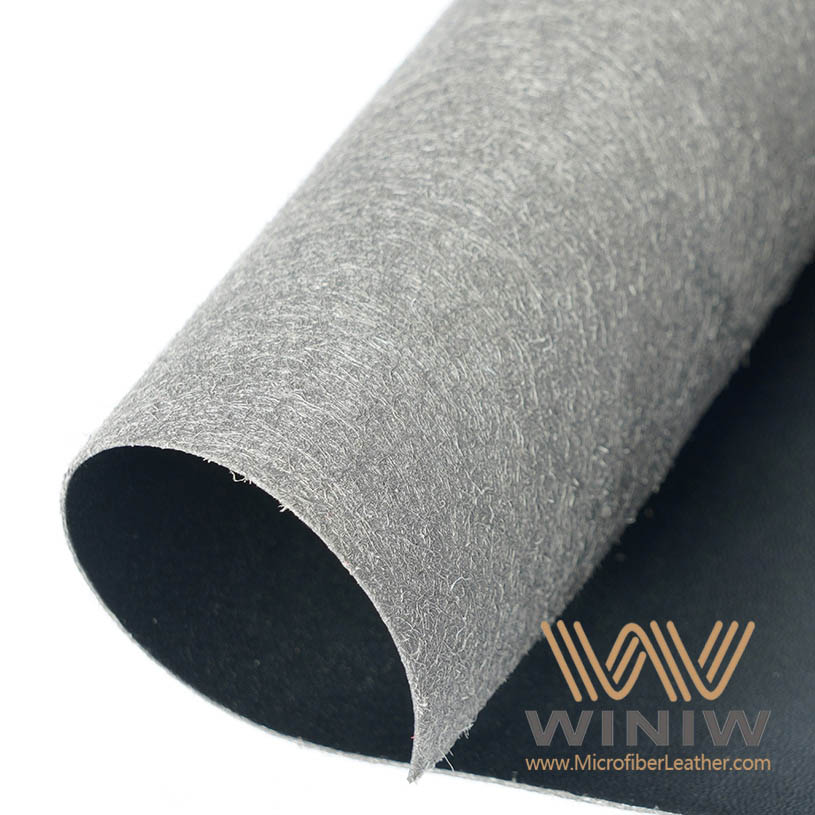Among the many advantageous properties of microfiber leather, one of the more prominent advantages is that it has good flame retardant properties. For leather materials, flame retardant performance is undoubtedly a technology that breaks through common sense, because as a textile material, flammability is its biggest feature. So, how does microfiber leather achieve flame retardancy? This is related to the addition of its flame retardant technology in its production process. Then, what is the flame retardant principle of microfiber leather?
According to the different flame retardant methods of microfiber leather, it can be roughly divided into three methods: gas phase flame retardant, condensed phase flame retardant and endothermic effect:

- Gas phase flame retardant. In the gas phase, it has a flame retardant effect of interrupting combustion or delaying the chain combustion reaction, such as halogen-based flame retardants. Its mechanism of action is that the leather treated with flame retardants releases non-combustible gases such as CO2, NH3, HCl, H2O and SO2 when heated, which reduces the concentration of oxygen in the combustion zone. In addition, when the leather is burned, the thermal decomposition products of the flame retardant capture a large number of high-energy hydroxyl radicals and hydrogen radicals in the flame area, reducing their concentration, thereby inhibiting or interrupting the chain reaction of combustion and exerting a flame retardant effect. In this regard, flame retardants mainly include halogen-based, nitrogen-based and so on.
- Endothermic effect. Flame retardants with high heat capacity will undergo endothermic decomposition reactions such as phase change, dehydration or dehydrohalogenation at high temperatures, which will reduce the temperature of the leather surface and the flame zone, slow down the rate of thermal cracking reaction, and inhibit the generation of flammable gases. . Such flame retardants such as magnesium hydroxide, aluminum hydroxide.
- Condensed phase flame retardant – covering effect. The flame retardant delays or prevents the generation of flammable gases and free radicals in the solidified phase; the inorganic filler with a larger specific heat capacity in the flame retardant material makes it difficult for the material to reach the thermal decomposition temperature through heat storage and heat conduction, and the flame retardant material decomposes and absorbs heat from the outside world. The heat will reduce the external temperature; when the flame retardant material is burned, a porous carbon layer that is flame-retardant, heat-insulating and oxygen-blocking will be formed on its surface, causing the combustion to be interrupted. Its action process is that the flame retardant is in a molten state at a relatively low temperature, which can form a thermal insulation layer on the surface of the collagen fiber to coat it; the flame retardant can also dehydrate the collagen fiber and form a carbonized layer on the surface of the collagen fiber. , isolating the entry of oxygen and external heat sources, and preventing the escape of flammable gases. The representative flame retardants in this regard are: borax, phosphorus series, nitrogen-phosphorus composite series, etc.
Many consumers have some doubts about the effectiveness of the flame retardant properties of microfiber leather. Through the above introduction, we can find that the above three methods are completely achievable, and you can buy with confidence.

